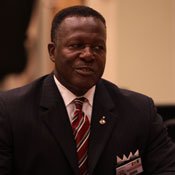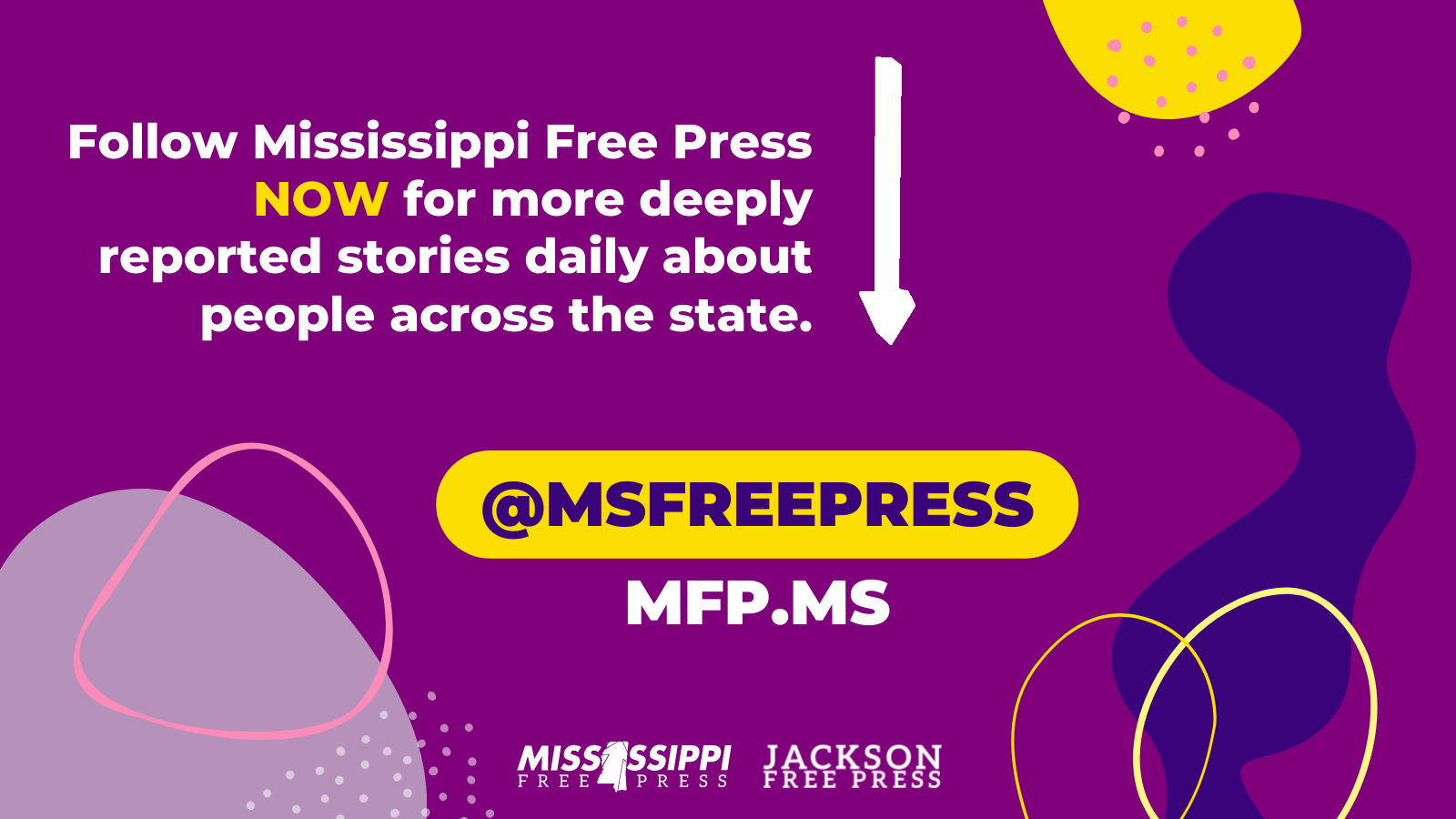State budget cuts this year and next will force the Jackson Public School District to cut teacher positions and increase class sizes, a district official said today. Michael Thomas, the district's Deputy Superintendent for Operations, told an audience at the Koinonia Coffee House Friday Forum this morning that the district is running out of options for budget cuts.
"The only place we can go is teachers," Thomas said. "Hopefully we're going to reduce positions, not people."
The district's priority is still protecting student achievement, Thomas added, "We're not getting any reduction in expectations."
JPS has already seen budget cuts of roughly $9 million, the bulk of which came in September, one month after the district had finalized its budget for the current fiscal year.
"It's an extreme challenge within the district to find dollars," Thomas said.
The district has a total budget of roughly $435 million this school year, but it can only make reductions in the $230 million primary operating portion of its overall budget. The 2010 JPS budget includes $100 million in state and federal grants and $100 million remaining from a 2008 bond referendum, but those funds are earmarked for specific purposes.
Even within the primary operating budget, most of the district's expenses are fixed and difficult to reduce mid-year. Roughly 85 percent of the district's primary operating budget goes to salaries and fringe benefits, with the remaining 15 percent covering other fixed costs like utilities and transportation.
"Any additional cuts between now and the end of the year and it's going to be very difficult to find dollars," Thomas said. "You can cut the entire bus fleet and you're only going to save $6 or $7 million dollars, and kids still need to get to school."
The district can save some money by putting off planned equipment purchases and building maintenance. Thomas estimated that roughly 8,300 of the district's 9,300 computers need to be replaced. The district can also delay cosmetic maintenance projects like painting school building exteriors. Still, some reduction in teacher positions is inevitable, Thomas said.
Asked if JPS had considered cutting costs by reducing the length of the school day or school year, Thomas replied that some measures were not worth their possible effects on education.
"All the research says that students, especially (those) in urban areas, benefit from longer school days," Thomas said.
The district is more likely to eliminate unfilled positions at the middle-and high-school level because class sizes are already near the state limit of 27 students per teacher in JPS elementary schools. In the city's elementary schools there are currently about 25 students for every one teacher. At the middle-and high-school level, the student-teacher ratio is closer to 17 or 18 students for every one teacher, Thomas said.
Because most of its personnel work on year-long contracts, the JPS must also account for future budget cuts when reducing positions this year. Thomas said that he expects the district to lose up to $10 million more in state funding for the 2011 fiscal year, as federal stimulus dollars dry up.
JPS has roughly $13.2 million in cash-flow reserves, Thomas said, but the bulk of those are necessary to help the district weather regular lean periods during the year when property tax collections drop.
With the district strapped for cash, the support of corporate partners becomes more valuable, Thomas said. Small donations from local businesses for classrooms and teachers can be powerful rewards and motivators, he said.
JPS Board Member Jonathan Larkin, also attended the forum, told audience members that people interested in helping the district could be just as effective donating time as money. Volunteer mentors and tutors can provide valuable one-on-one help.
"That's one of the biggest things the schools need," Larkin said.



Comments
Use the comment form below to begin a discussion about this content.